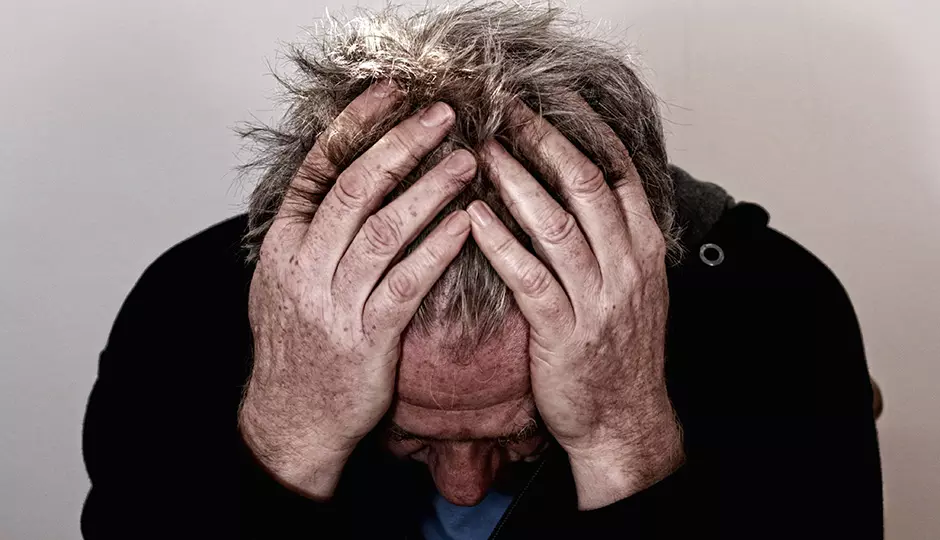On average, men and women typically lose between 50 and 100 strands of hair a day, and while usually not a cause for concern, sometimes it can indicate an underlying medical condition. While some conditions can cause sudden hair loss, usually, hair loss occurs over time and progresses gradually.
The most common cause of hair loss is related to genetics, but it can also result from a medical condition, hormonal imbalance, medications, stress, weight loss, or nutritional deficiencies. Sudden hair loss can result from an acute illness or stressful event, and usually, your hair will regrow after the trigger subsides. However, most hair loss is generally gradual in both men and women, taking months and even years to progress.
What Are the Early Signs of Impending Hair Loss?
Identifying early hair loss symptoms can be challenging, so it's vital to watch for any substantial changes in your hairline or the volume of your hair. If you notice signs of hair loss, it is critical to take action immediately to prevent the condition from progressing. Awareness of common hair loss symptoms can help you take steps to keep your hair. However, it is important to remember that hair loss may develop suddenly or take some time to become noticeable.
You are noticing more hair on your pillow or in the shower drain.
When you wake up in the morning or after you take a shower, pay attention to the amount of hair on your pillow or in the shower drain. While losing a few strands of hair every day is normal, if you notice large clumps or an increasing number of loose hairs, it can be a sign of an acute hair loss condition.
You notice your hairline is changing.
Compare your hairline in recent pictures with pictures of yourself several months ago. If you notice a change in your hairline, it may be time to take action and get help. You may need more than a quick glance in the mirror daily to notice the gradual change.
You notice hair thinning.
Thinning hair can affect specific areas such as the temples, crown, and part or your entire scalp. Men typically experience the early signs of hair loss with thinning hair at the forehead, while women often notice that their part is thinning, leaving more of the scalp visible.
You find more hair in your brushes.
If you notice that large clumps of hair are getting stuck in your comb or brush when you style your hair, it could be an indicator that you are experiencing more significant hair loss.
You notice bald spots.
Alopecia areata is an autoimmune condition that affects the hair follicles and causes hair loss. It typically causes small bald patches on the scalp but can cause hair loss anywhere on the body.
You experience a sudden loss of hair.
Telogen effluvium is a type of hair loss caused by an acute physical or mental trauma. Traumatic events such as major surgery, serious illness, or a significant life event can lead to shock within the body. This shock can interfere with the flow of blood and nutrients to nonvital bodily functions, such as hair growth. While the condition is usually temporary and hair regrows without treatment, in some cases, it may lead to permanent hair loss.
Take Action at the First Signs of Hair Loss
Any treatment for hair loss begins with understanding the underlying cause and any contributing factors. In some cases, treating the root cause will correct the condition, and a wide range of treatment options are available for others.
While there are solutions for every type of hair loss at any stage, the sooner you seek help, the better. If you notice signs of impending hair loss, don't wait! Contact us today to schedule a FREE initial consultation and learn about the different solutions we offer for men and women.



